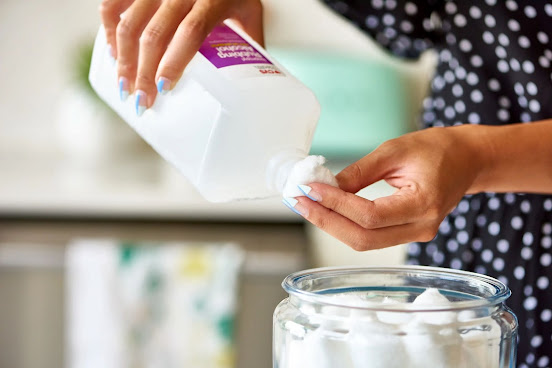Salicylic Acid - What is It and What Can It Do For You?
(Hassan, 2021)
If you haven't heard of it already, salicylic acid is a commonly used ingredient in skincare products, but did you know that it is used for other purposes such as treating headaches?
If you've been struggling with your skin and don't know what skincare products you should be using, consider using products with salicylic acid as the main ingredient if you haven't already. It acts as a chemical exfoliant, which means this compound can treat your acne by breaking down the outer layer of your dead skin cells and it suppresses the growth of bacteria. So, not only can it treat pimples, but it can be found in products that treat warts, dandruff, psoriasis, and calluses (National Center for Biotechnology, 2024). If you've already tried products with this ingredient and it doesn't seem to be working for you, look for alternatives such as products with benzoyl peroxide or glycolic acid as they will work similarly with a few different processes.
While it can be used topically for the skin in various ways, salicylic acid can also be consumed. It has a long history of being used to relieve pain and fever as it is also anti inflammatory. Because of this, it is the starting material and key ingredient for making aspirin (Boullard, Leblanc & Benson, 2000). So, not only can it help us look good on the outside but it can help us feel good on the inside.
So, where does salicylic acid come from? Certain plants produce it naturally, such as the bark of white willow trees and wintergreen leaves. They produce it as it is a plant hormone that aids with immune response, for protection against insects and disease, and for their growth (Koo, Heo & Choi, 2020). Rafaelle Piria, an Italian chemist, first figured how to produce it synthetically in 1838 (Boullard, Leblanc & Benson, 2000). Since then, we're able to produce two different types of salicylic acid. Technical grade salicylic acid is one result which is found in products such as pesticides or fertilizers. And pharmaceutical grade salicylic acid is found in products to treat our skin and skin disease.
Salicylic acid is useful in more ways than you probably thought and you probably already own a few household items that contain it right now. Can you think of a more versatile chemical?
References
Boullard, O., Leblanc, H. & Besson, B. (2000, June 15). Salicylic acid. Ullmann's Encyclopedia of Industrial Chemistry. https://onlinelibrary.wiley.com/doi/10.1002/14356007.a23_477
Hassan, M. (2021, March 19). Woman with acne and magnifying glass [Photograph]. Pxhere. https://pxhere.com/en/photo/1640211
Koo, Y.M., Heo, A.Y. & Choi, H.W. (2020). Salicylic acid as a safe plant protector and growth regulator. The Plant Pathology Journal, 36(1), 1-10. https://www.ncbi.nlm.nih.gov/pmc/articles/PMC7012573/
National Center for Biotechnology Information (2024). PubChem Compound Summary for CID 338, Salicylic Acid. Retrieved January 29, 2024 from https://pubchem.ncbi.nlm.nih.gov/compound/Salicylic-Acid.


Comments
Post a Comment